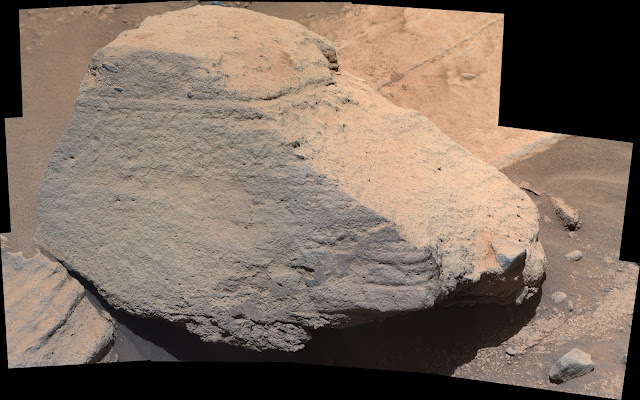Temperature of Rocky Exoplanet TRAPPIST-1 b | James Webb Space Telescope
Rocky exoplanet TRAPPIST-1 b (temperature comparison)
This infographic shows five planets plotted along a horizontal temperature scale: Earth, TRAPPIST-1 b, Mercury, and two different models of TRAPPIST-1 b.
Rocky exoplanet TRAPPIST-1 b (illustration)
Rocky exoplanet TRAPPIST-1 b (secondary eclipse light curve)
Comparison of the dayside temperature of TRAPPIST-1 b as measured using Webb’s Mid-Infrared Instrument (MIRI) to computer models showing what the temperature would be under various conditions. The models take into account the known properties of the system, including the planet’s size and density, the temperature of the star, and the planet’s orbital distance. The temperature of the dayside of Mercury is also shown for reference.
The dayside brightness of TRAPPIST-1 b at 15 microns corresponds to a temperature of about 500 K (roughly 230°C). This is consistent with the temperature assuming the planet is tidally locked (one side facing the star at all times), with a dark-colored surface, no atmosphere, and no redistribution of heat from the dayside to the nightside.
If the heat energy from the star were distributed evenly around the planet (for example, by a circulating carbon dioxide-free atmosphere), the temperature at 15 microns would be 400 K (125°C). If the atmosphere had a substantial amount of carbon dioxide, it would emit even less 15-micron light and would appear to be even cooler.
Although TRAPPIST-1 b is hot by Earth standards, it is cooler than the dayside of Mercury, which consists of bare rock and no significant atmosphere. Mercury receives about 1.6 times more energy from the Sun than TRAPPIST-1 b does from its star.
MIRI was developed as a partnership between Europe and the USA: the main partners are the European Space Agency (ESA), a consortium of nationally funded European institutes, the Jet Propulsion Laboratory (JPL) and the University of Arizona. The instrument was nationally funded by the European Consortium under the auspices of the European Space Agency.
Credit: NASA, European Space Agency/Canadian Space Agency, J. Olmsted (STScI), T. P. Greene (NASA Ames), T. Bell (BAERI), E. Ducrot (CEA), P. Lagage (CEA)
Release Date: March 27, 2023
#NASA #ESA #Astronomy #Space #Science #Exoplanet #TRAPPIST1b #Temperature #JamesWebb #SpaceTelescope #JWST #MIRI #Cosmos #Universe #UnfoldTheUniverse #Europe #CSA #Canada #JPL #GSFC #STScI #UArizona #UnitedStates #Art #Illustration #Infographic #STEM #Education
.jpg)














.jpg)



